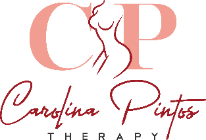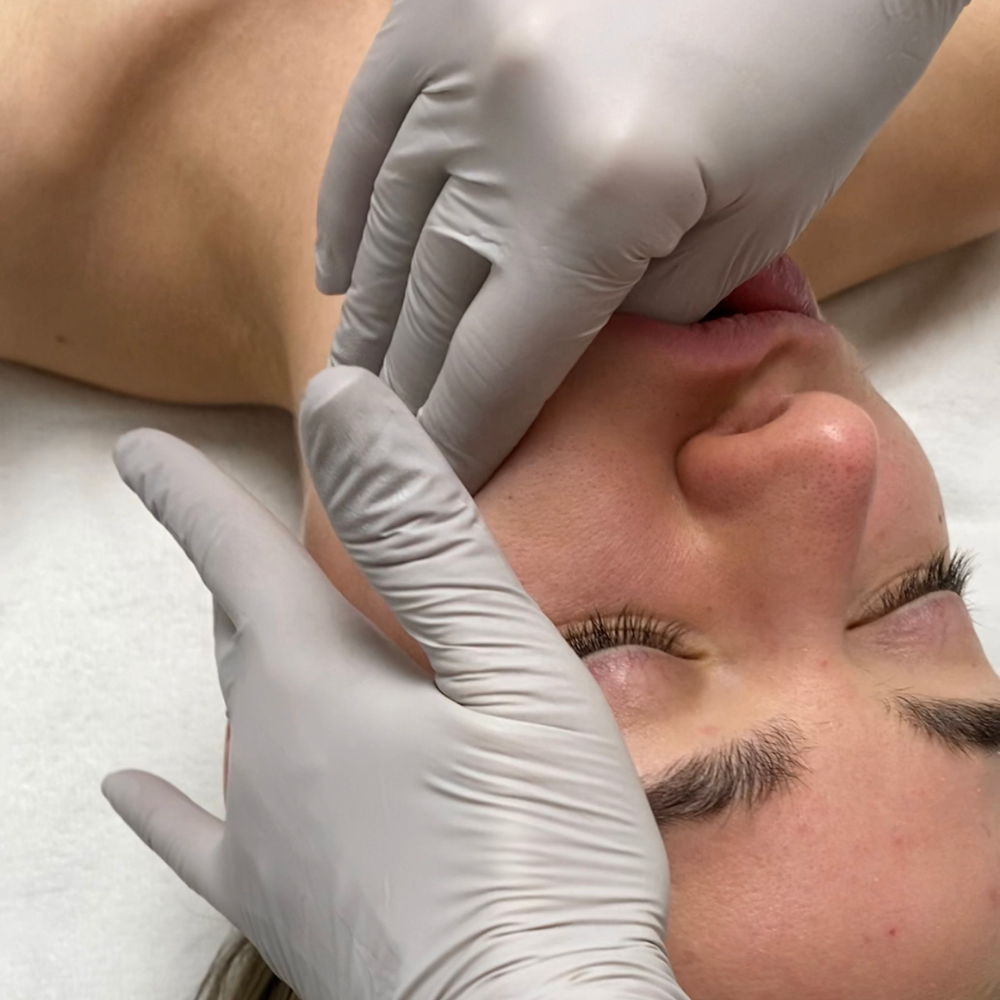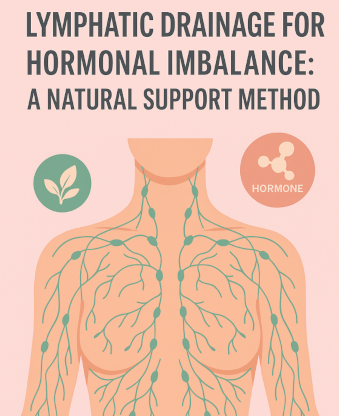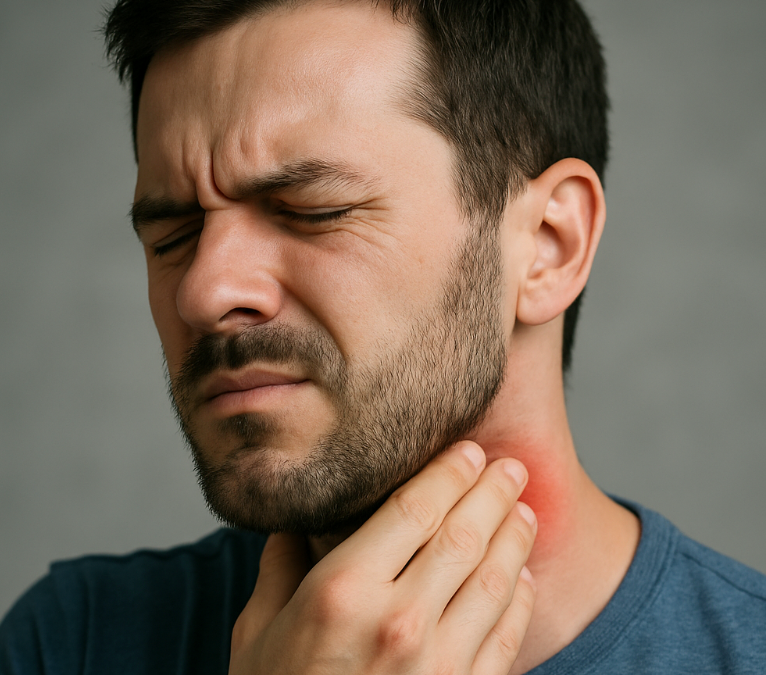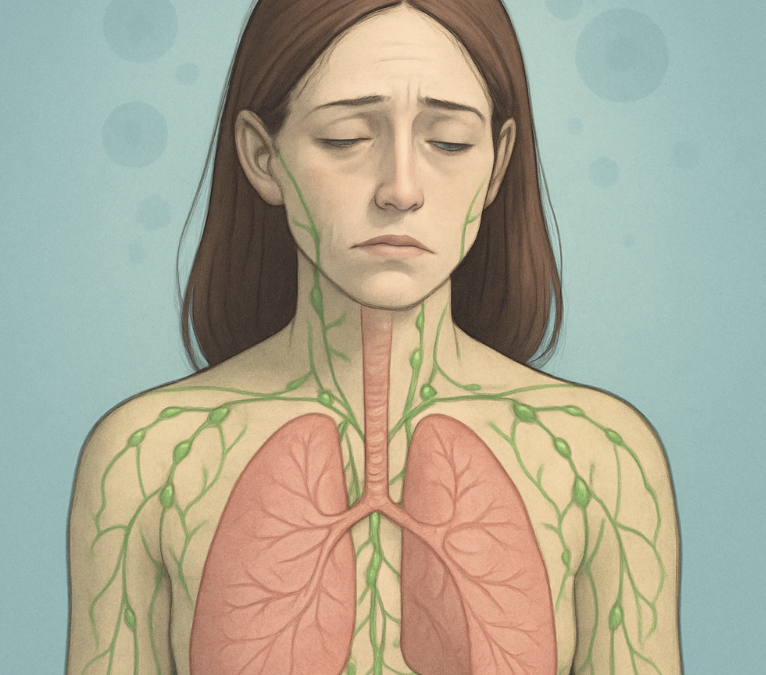Temporomandibular joint disorders (TMD), commonly referred to as TMJ after the joint itself, can cause significant discomfort and affect your daily life. This joint connects your mandible, or lower jaw, to your skull just under your ears. Issues with this joint or the associated muscles can lead to pain and dysfunction. In this post, we delve into the symptoms, causes, and the benefits of TMJ massage therapy, backed by scientific research.
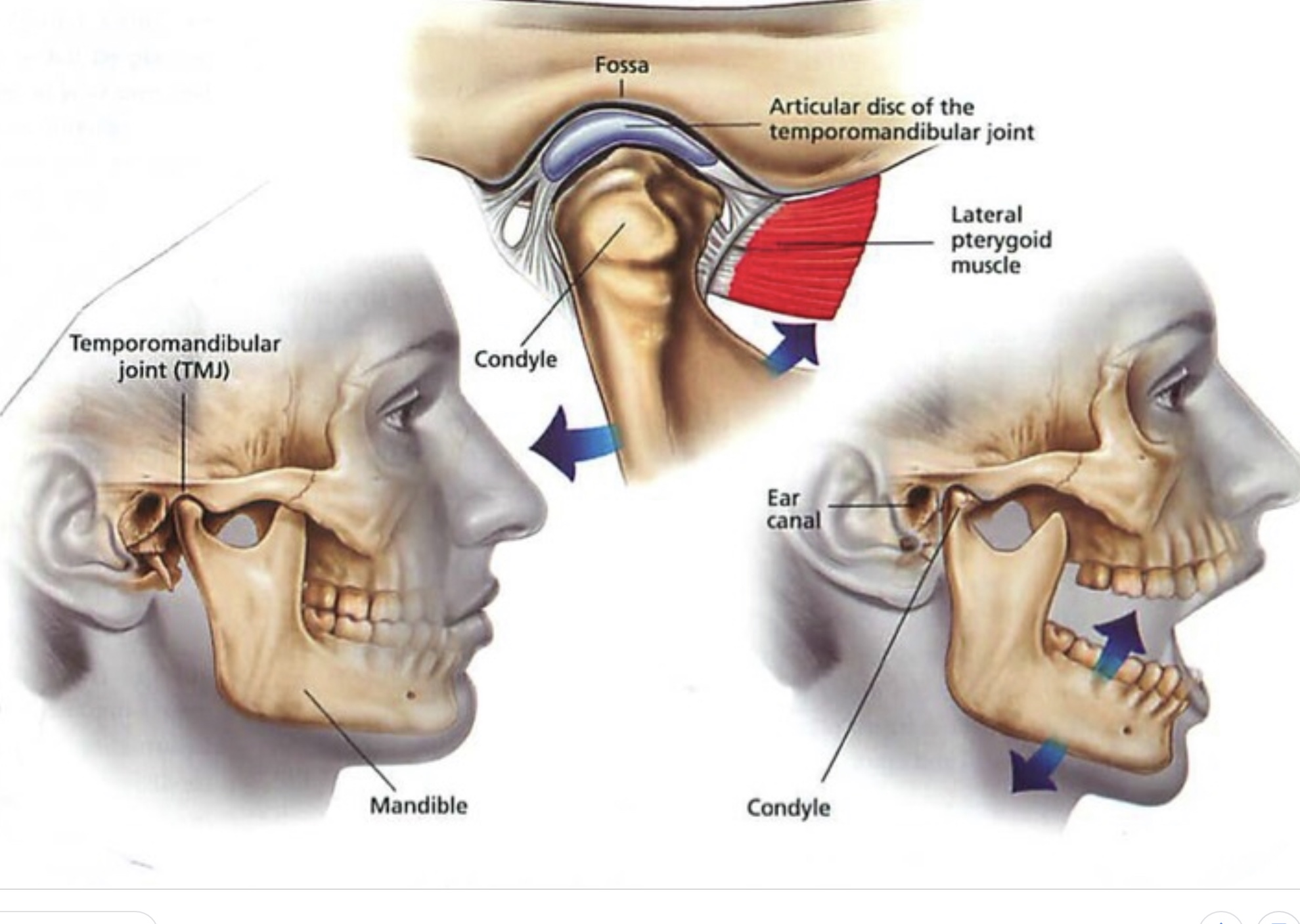
Symptoms of TMJ Disorders
TMJ disorders manifest through a variety of symptoms, which can range from mild discomfort to severe pain. Here are the major symptoms associated with TMJ:
- Jaw Pain or Stiffness: Discomfort in the jaw, especially during movement.
- Difficulty Chewing: Pain or difficulty while chewing.
- Jaw Sounds: Popping, clicking, or grating sounds with jaw movement, which may or may not be painful.
- Jaw Locking: Difficulty opening or closing the mouth due to the jaw locking.
Additionally, TMJ can present symptoms that seem unrelated to the jaw, including:
- Headaches: Pain over the eye, in the temples, behind the eyes, and at the base of the skull (often referred to as TMJ headaches).
- Facial Pain and Swelling: Discomfort and swelling in the face.
- Ear Pain: Symptoms such as ringing, buzzing, and a feeling of congestion.
- Neck and Shoulder Pain: Discomfort extending to the neck and shoulders.
- Difficulty Opening Mouth Wide: Limited range of motion in the jaw.
- Tired Facial Muscles: Fatigue in the muscles of the face.
- Trouble Chewing: Pain while chewing or a sensation that the top and bottom teeth do not fit together properly.
It’s not uncommon for TMJ sufferers to experience a single symptom like earache or headaches without realizing it’s related to their jaw.
Causes of TMJ Disorders
TMJ disorders can stem from various factors, including:
- Bruxism: Tooth clenching and grinding, often related to stress.
- Muscle Tension: Tension in the head and neck muscles.
- Jaw Injuries: Trauma to the jaw area.
- Joint Diseases: Conditions like arthritis affecting the TMJ.
Repeat this cycle, adjusting as necessary based on your skin’s response and needs.
How TMJ Massage Helps
Massage therapy is an effective solution for managing TMJ disorders. It works by targeting trigger points—areas of tightness and pain within the muscles. For TMJ pain, the primary muscle involved is the masseter muscle, which is crucial for chewing and located on the sides of your face. When this muscle is tight, it can contribute to TMJ pain and teeth grinding.
Intraoral Massage for TMJ
Intraoral massage is a specialized technique where the therapist works inside the mouth to alleviate tension in the muscles directly involved in TMJ disorders. This method allows the therapist to reach all the muscles and areas contributing to TMJ pain and dysfunction.
What to Expect During Intraoral Massage
- Assessment: Your therapist will assess your jaw area, ask questions about your symptoms, and measure your ability to open your mouth. They may palpate the joint while you open and close your mouth to understand the joint’s movement.
- During Treatment: You will lie on your back, and the therapist may work on your neck and shoulders in addition to the jaw. Treatment involves massaging the face, jaw, under the cheekbones, sinuses, and temple areas. Intraoral massage can be tender but is effective in relieving TMJ symptoms.
Scientific Evidence Supporting TMJ Massage
Research supports the efficacy of massage therapy in managing TMJ disorders. A study published in the Journal of Oral Rehabilitation found that patients who received massage therapy for TMJ showed significant improvement in pain and jaw function (Manfredini et al., 2010). Another study in the Journal of Bodywork and Movement Therapies highlighted that intraoral massage significantly reduces pain and improves jaw mobility in TMJ patients (Clark et al., 2014).
Benefits of TMJ Massage
- Pain Relief: Reduces pain in the jaw, face, and associated areas.
- Improved Mobility: Enhances the range of motion in the jaw.
- Reduced Stress: Helps alleviate stress and tension contributing to TMJ symptoms.
- Overall Well-being: Promotes a sense of relaxation and well-being.
Conclusion
TMJ massage, particularly intraoral techniques, offers a scientifically-backed, effective way to manage TMJ disorders. By targeting the muscles and trigger points associated with TMJ pain, massage therapy can provide significant relief and improve quality of life.
For personalized TMJ treatment plans, reach out to us at Carolina Pintos Therapy. Our expert esthetician, Nallely Ramos, is here to guide you through the process and help you achieve a pain-free, healthier jaw.
Sources
- Manfredini, D., Castroflorio, T., Perinetti, G., & Guarda-Nardini, L. (2010). Randomized controlled trials of therapeutic exercises for temporomandibular disorders (TMD): a systematic review. Journal of Oral Rehabilitation, 37(8), 653-662. https://doi.org/10.1111/j.1365-2842.2010.02094
- Clark, G. T., Beemsterboer, P. L., & Solberg, W. K. (2014). Intraoral myofascial therapy for chronic myogenous temporomandibular pain: a randomized, controlled clinical trial. Journal of Bodywork and Movement Therapies, 18(4), 636-641. https://doi.org/10.1016/j.jbmt.2014.02.001
This writing is the original and exclusive property of Carolina Pintos and is protected under copyright law. Unauthorized use of the same without the express consent of Carolina Pintos will be subject to prosecution under applicable laws.
